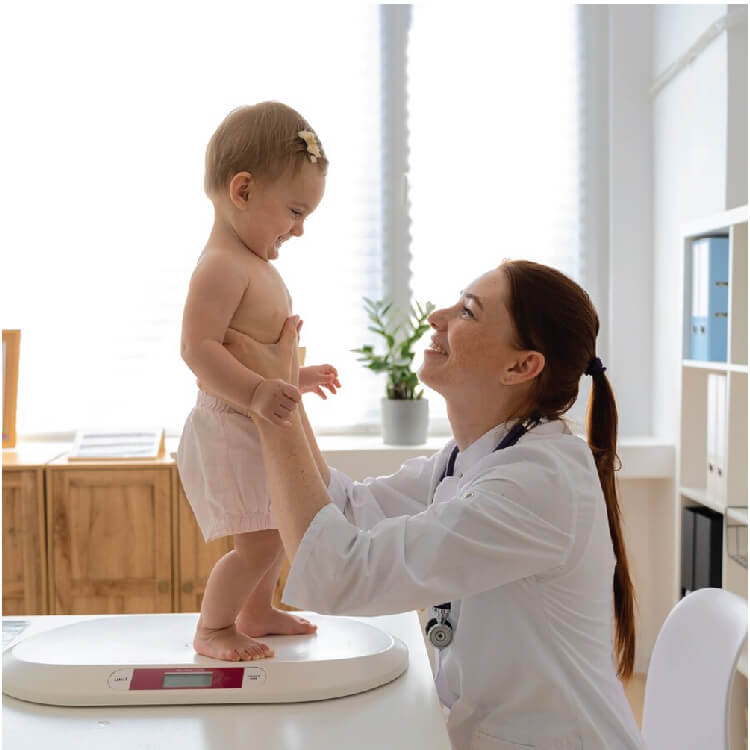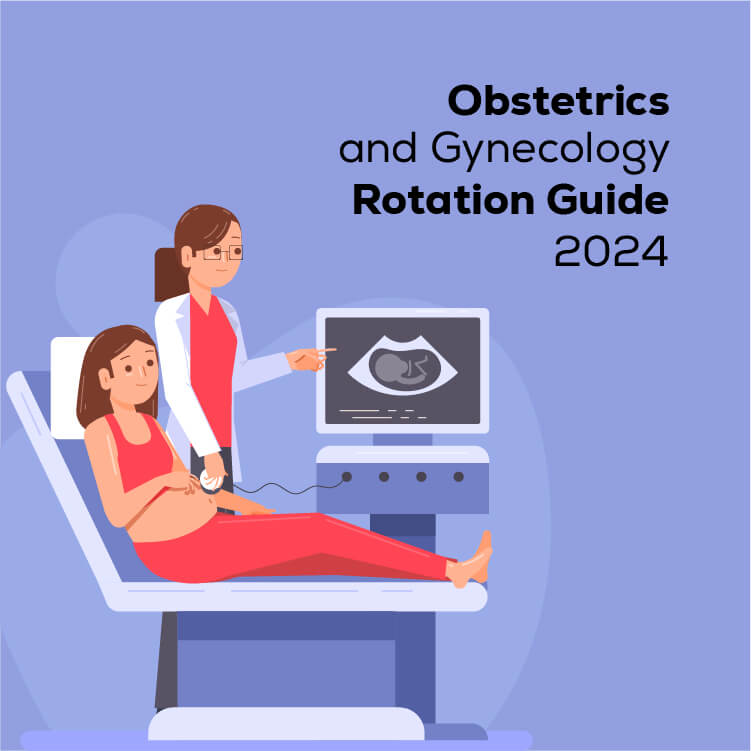
Now that you’re almost done with medical school, you can take a sigh of relief. You made it! You survived med school and now it’s time to enter the real world. Med students face such a challenging environment that it can be easy to lose sight of their future goals, it’s enough just to make it through the four years. But as the time for your residency applications comes closer, you need to take into account your career plans and shape your resumes accordingly.
Since it’s the first impression you’ll create on potential employers, your residency resume needs to highlight your experience in the most relevant and concise way. Putting together your application documents is an essential step in understanding yourself as a job candidate, especially if you’re an IMG. It’s a way to neatly summarize your unique strengths and accomplishments, making it easier to sell yourself during an interview. That’s why even medical students using the Electronic Residency Application Service (ERAS) to apply for residency should consider putting together a resume
The thing to remember when creating your residency resume is that the competition is strong! There are many students out there who have the same experience as you, applying for the same positions. Back in 2014, the job market in the medical industry soared by 3.1% in the U.S. alone, and that number has only increased since. So the need to stand out is at an all-time high. If you’re wondering how to make your resume stand out in this competitive climate, while you gain clinical experience in the US, we’ve got you covered!
Start With The Basics:
First things first, keeping your resume updated and relevant is key. When creating your residency resume, make sure all the essential categories are covered:
- Contact information — Make sure to use an email or mailing address that you will still have access to once you complete your training.
- Educational background in reverse chronological order — including medical school, graduate school, undergraduate school, post-graduate training (e.g., internship, residency), fellowship(s)
- Previous employment in reverse chronological order
- Licensure — including certifications and specialty boards
- Research, presentations, and publications
- Awards and honors
- Membership in professional organizations
- Leadership experiences — including committee participation and teaching experiences.
Consider Your Resume As Your Elevator Pitch:
If you wanted to summarize your best qualities and experiences in a one-minute pitch, what would you say? That’s the attitude you need to go in with when you make your resume. While it’s tempting to include every accomplishment, award, and the project you’ve ever worked on, it’s better to have a curated medical residency resume featuring only your most important accolades and achievements.
Know What to Highlight:
Recruiters will already be aware of the fact that medicine, in any form, is research and study-intensive and any extra opportunities you have taken will only strengthen your employment case.
“Stating that you can research and look into the right places for information, an essential skill in the field of medicine, is something your employer will be on the lookout for,” shares Dillan Francis, a resume writer for Essayroo.
Customization is Key:
Each vacancy that you apply for calls for a customized resume. Sending in generic applications is not only detrimental to your progress but also creates a negative impression on recruiters. Put in the time and effort to bring customization to your resume each time you apply for a new vacancy.
Rules to Live By:
- Be consistent with your format. When adopting the reverse chronological order format, continue to do so throughout the CV.
- The first person to read your CV may not be from a medical background. Make sure that your CV is approachable and understandable to the layperson who may be screening it. In addition to having mentors, faculty or your program director review your CV, be sure to have someone from a nonmedical background review it too.
- If you are applying for an academic position, be sure to highlight educational, leadership, and research experiences, i.e., adjust the order of categories on the CV.
- The document is best saved and sent as a PDF file to avoid accidental changes when the file is opened by the recipient(s).
- Update your CV monthly and consider including a “date last updated” in the CV.
CVs in ERAS:
ERAS® creates a CV for you based on the information you put into the application about your experience and history. However, it’s recommended that you build and maintain your CV throughout your training. You’ll use your CV throughout your educational and professional career, and creating your own will give you more flexibility in what information you include and how it’s structured.For more guidance on how to make your resume stand out and get noticed, you can #AskUSDoctors! Reach out to us at info@usdoctors.co or visit our website to learn more.



